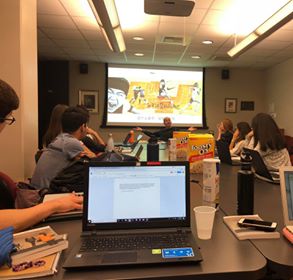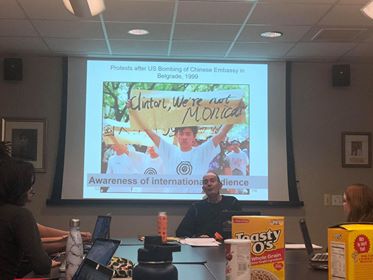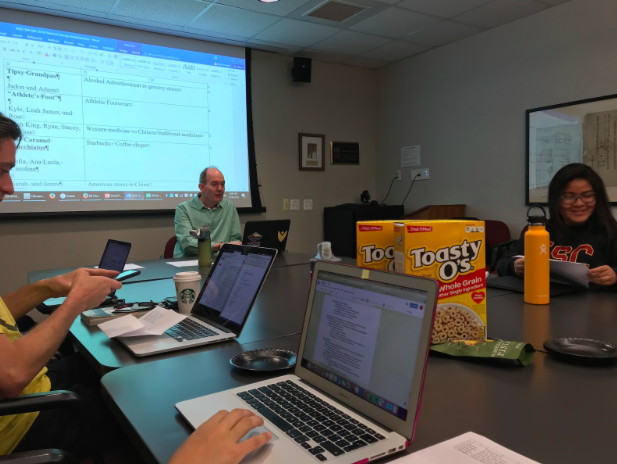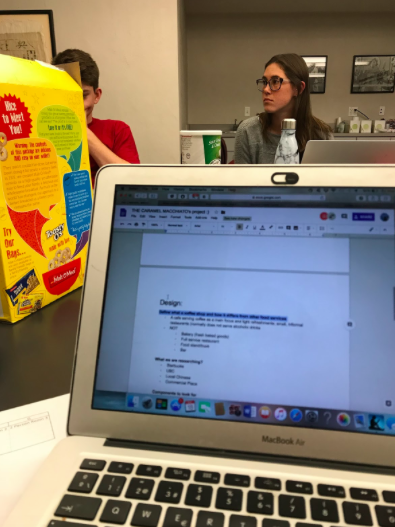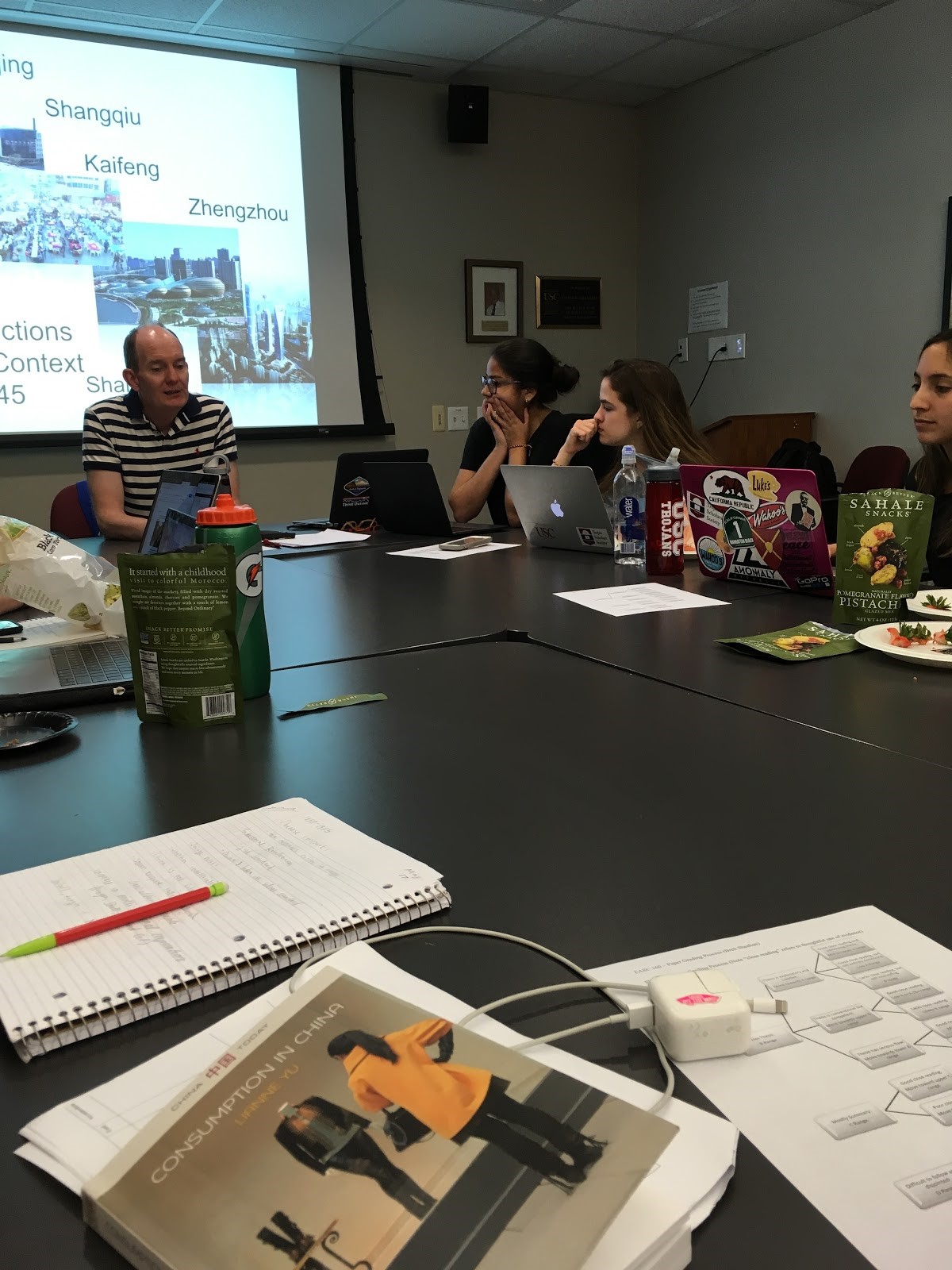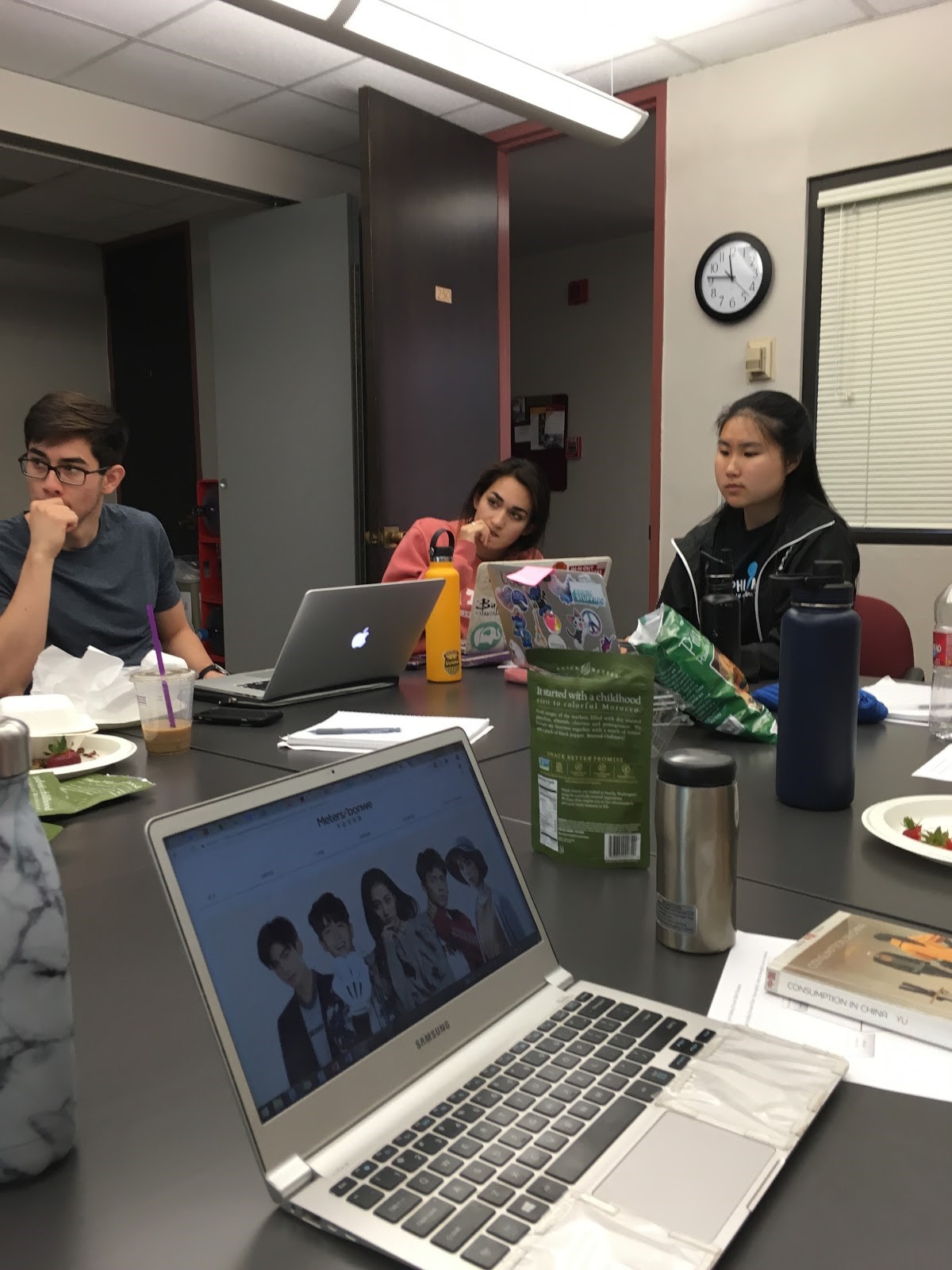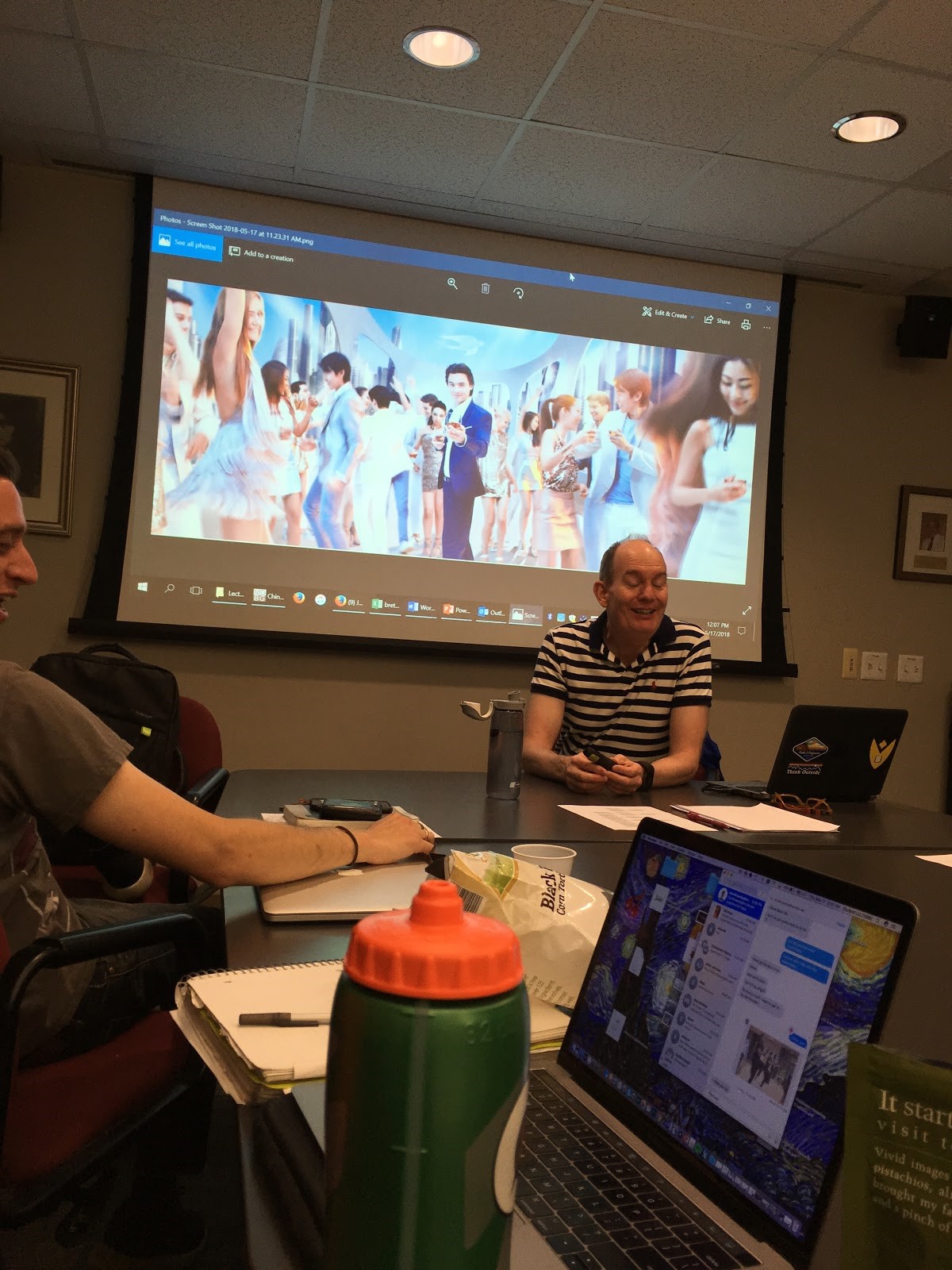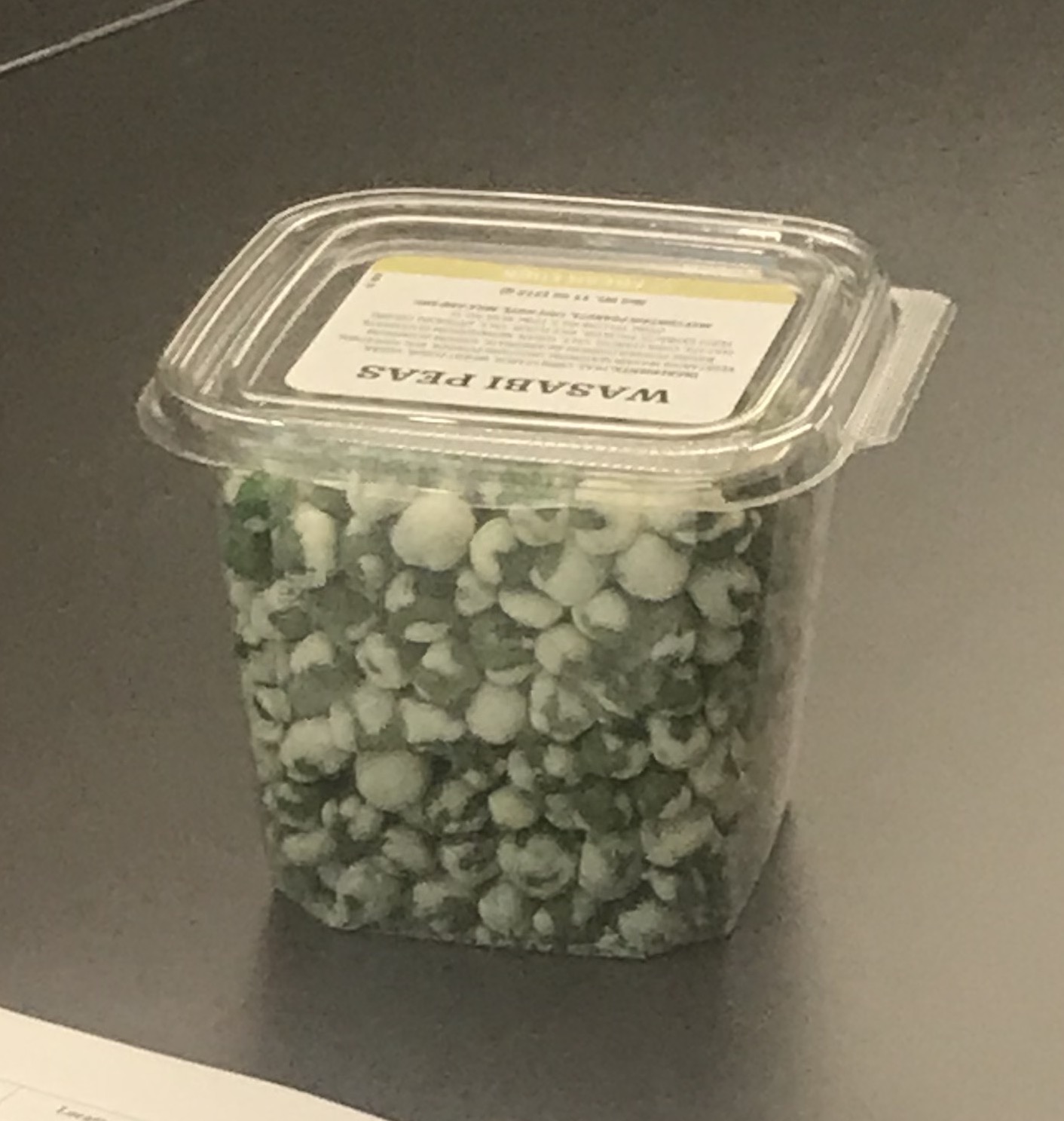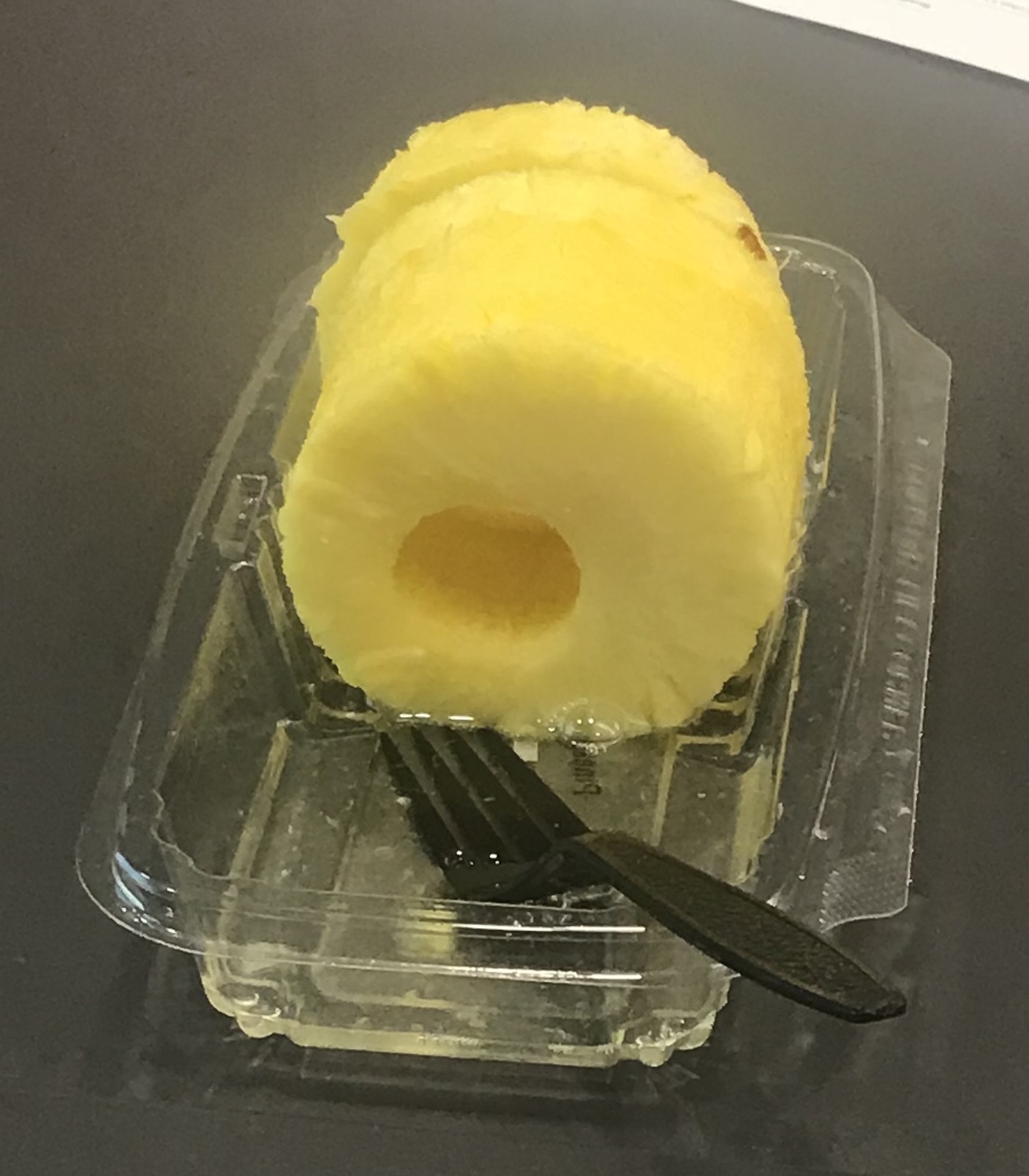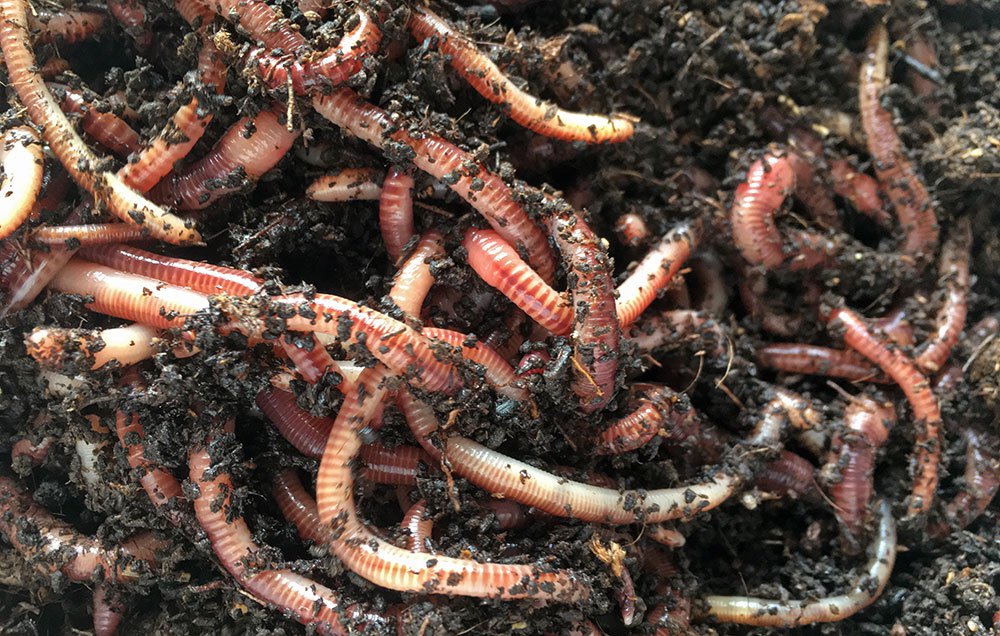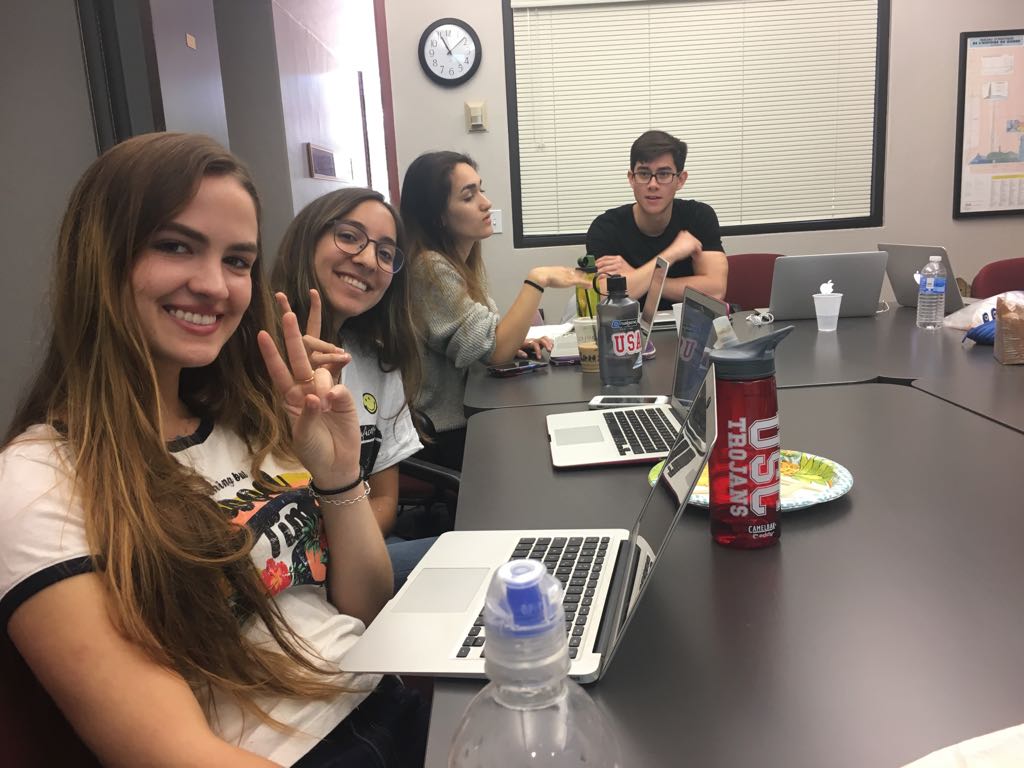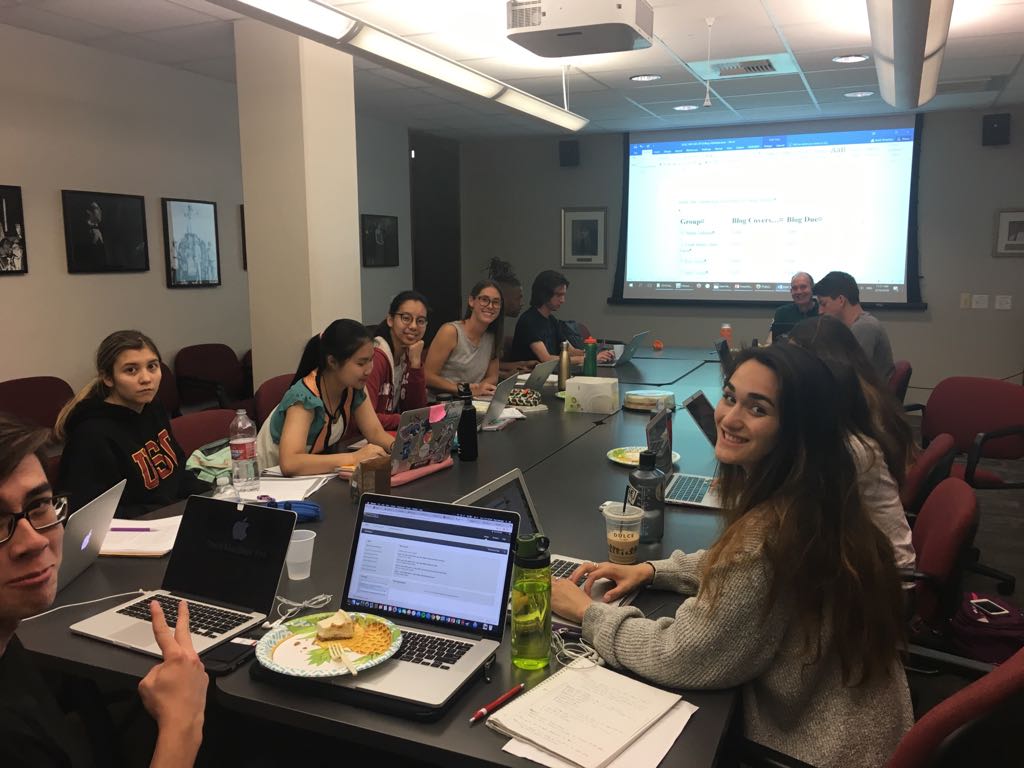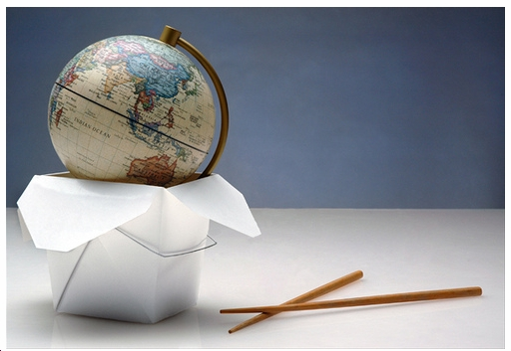Adam Johnson:
Jadon and I started the day by meeting up with our Beijing normal student, Olivia and two of her friends, Fay and Sue. We walked around the perimeter near the Temple of Heaven to check out a few of the supermarkets for our project which provided some interesting insights to our research project, primarily what popular brands of alcohol were and what age group liked which type. After the supermarket we hopped on the number 60 bus, which cost only 2 Yuan, to head to Hou Hai.
Hou Hai is a popular destination in Beijing for tourists and locals, a beautiful market district surrounding a lake. One could see globalism in action, matcha ice cream and Peppa Pig tee shirts, deep fired crab and french fries. One of my favorite moments of the trip also happened in Hou Hai. A portrait artist who draws tourists and I drew one another! The drawings came out great and it was really cool meeting a fellow artist. After finding a few pubs and alcohol stores we stopped and got dumplings. The five of us were wiped out after food so we headed back to the hotel, where I gifted the girls an American honeycomb dark chocolate bar.
After some much needed RnR, Jadon and I got KFC (surprisingly good I might add) and met up with our fellow EASC 360 classmates in SanLiTun. Although the neighborhood was nothing remarkable we still had a fun time and stayed in groups til we got back at a reasonable hour 🙂
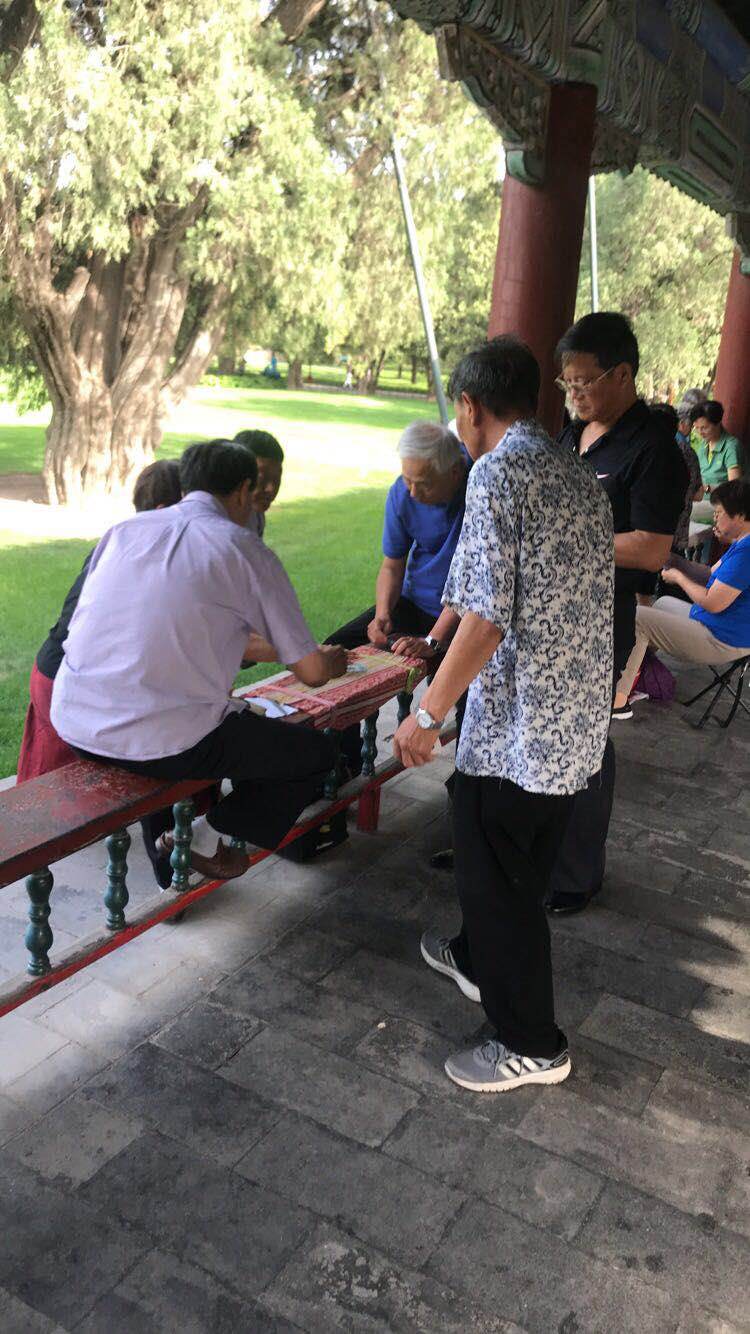
Guys playing a game in Temple of Heaven
Ron Dardashti:
Athlete’s Foot went to go meet with our Beijing normal students in front of the Bank of China headquarters however we took a few wrong turns when getting off the subway and ended up in an alley! However after a short 15 minute detour we finally found Shirley (our Beijing Normal student) who brought Emma with her. Emma and Shirley go way back. The two of them took us to four malls that were surprisingly all right next to each other, and even featured all of the same stores.
We then got a delicious Hong Kong style lunch with Emma and Shirley which we all agreed was the best meal of the trip so far. After the meal we parted ways and thanked them for all of their help the past couple of days. Once we got back to the hotel we linked up with the Caramel Macchiatos (Sofia, Carolina and Ana Lucia) and then decided to go to the Temple of Heaven and then the Silk Market. We all had a blast bargaining over items we wanted to buy. I ended up getting a few t-shirts and some wallets.
Once we finished at the silk market we decided to get in ‘touch with our roots’ and went to McDonalds, thanks to Carolina’s good eye we were able to spot the subway station and head home!


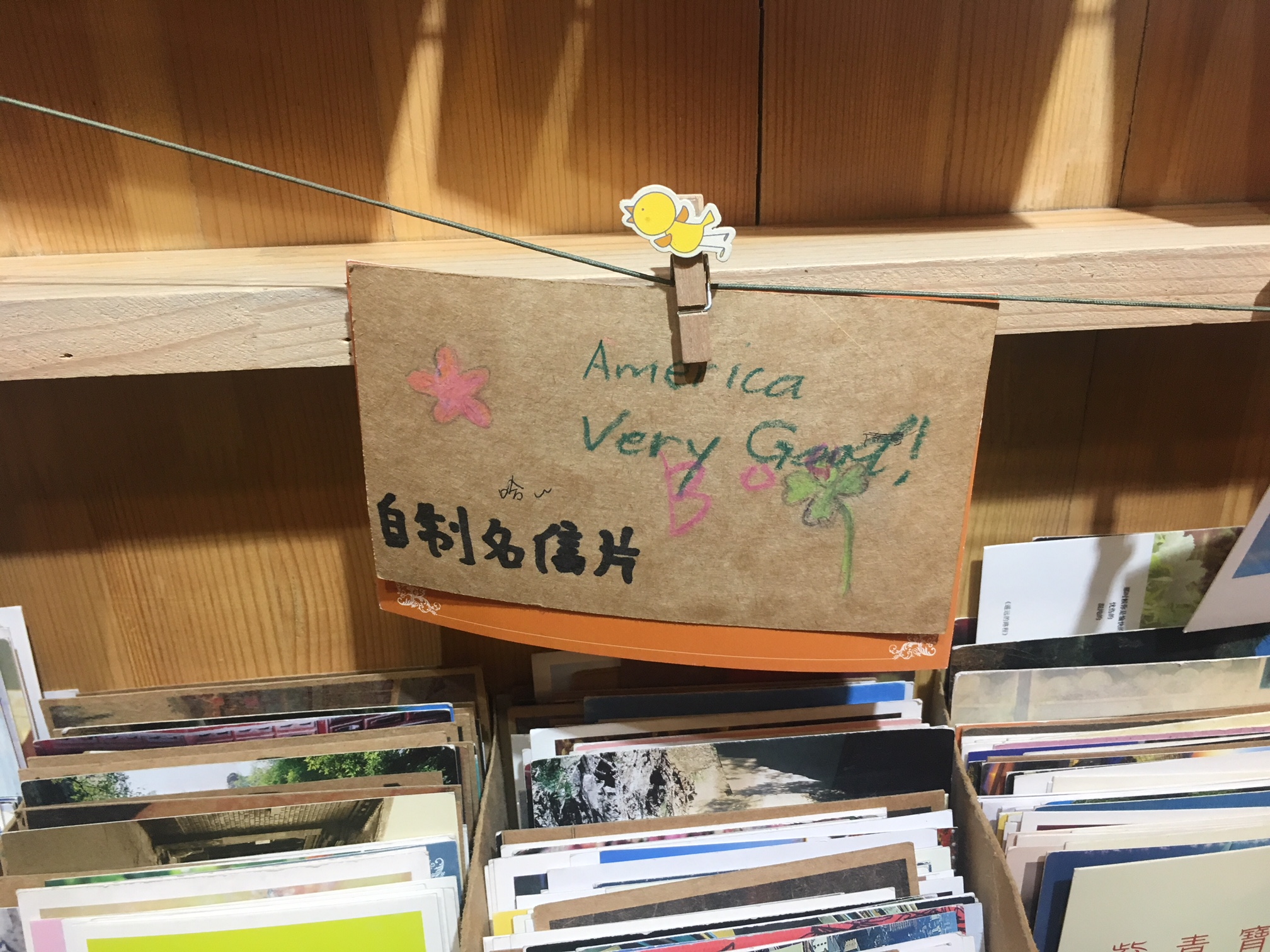

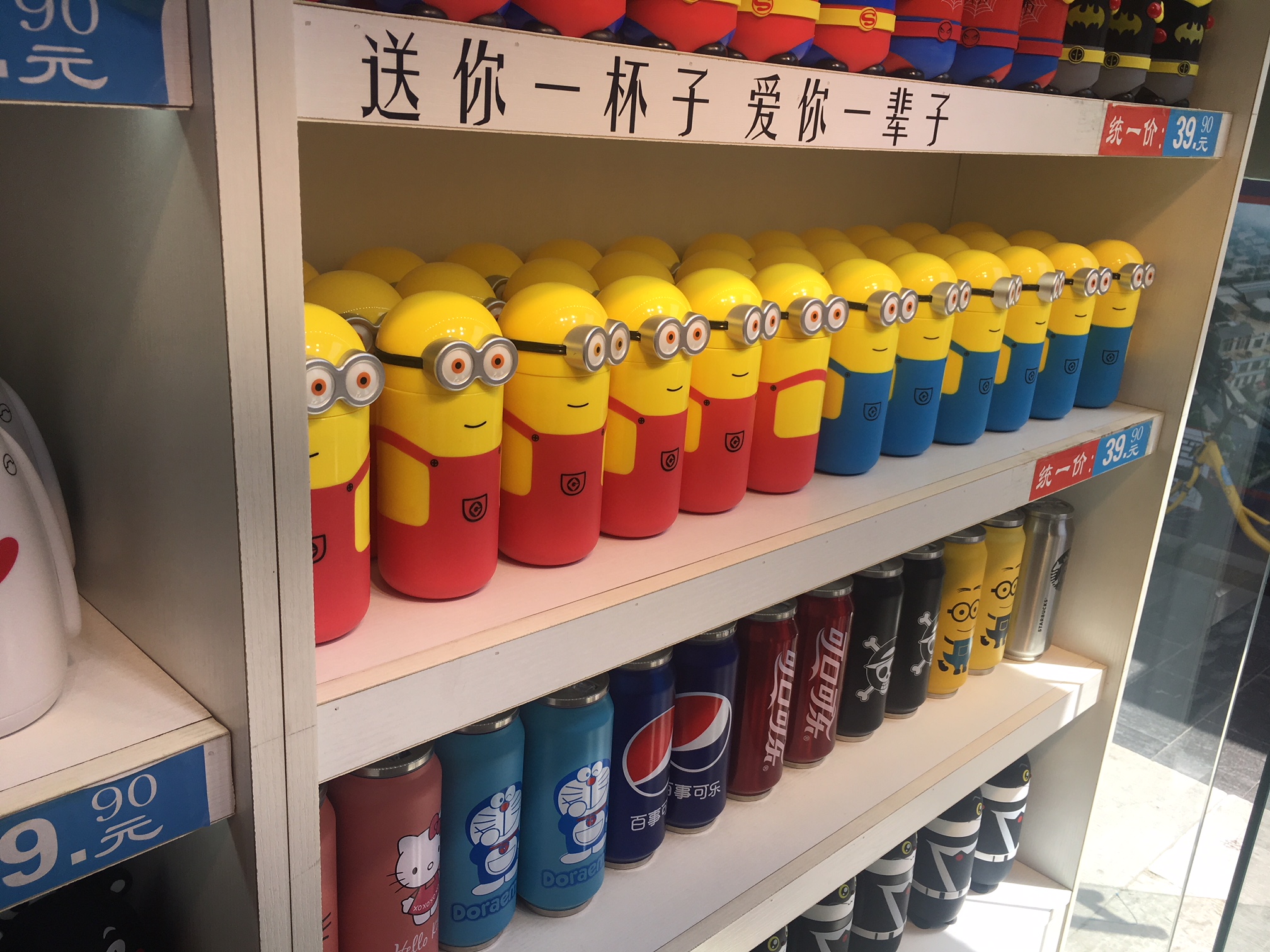


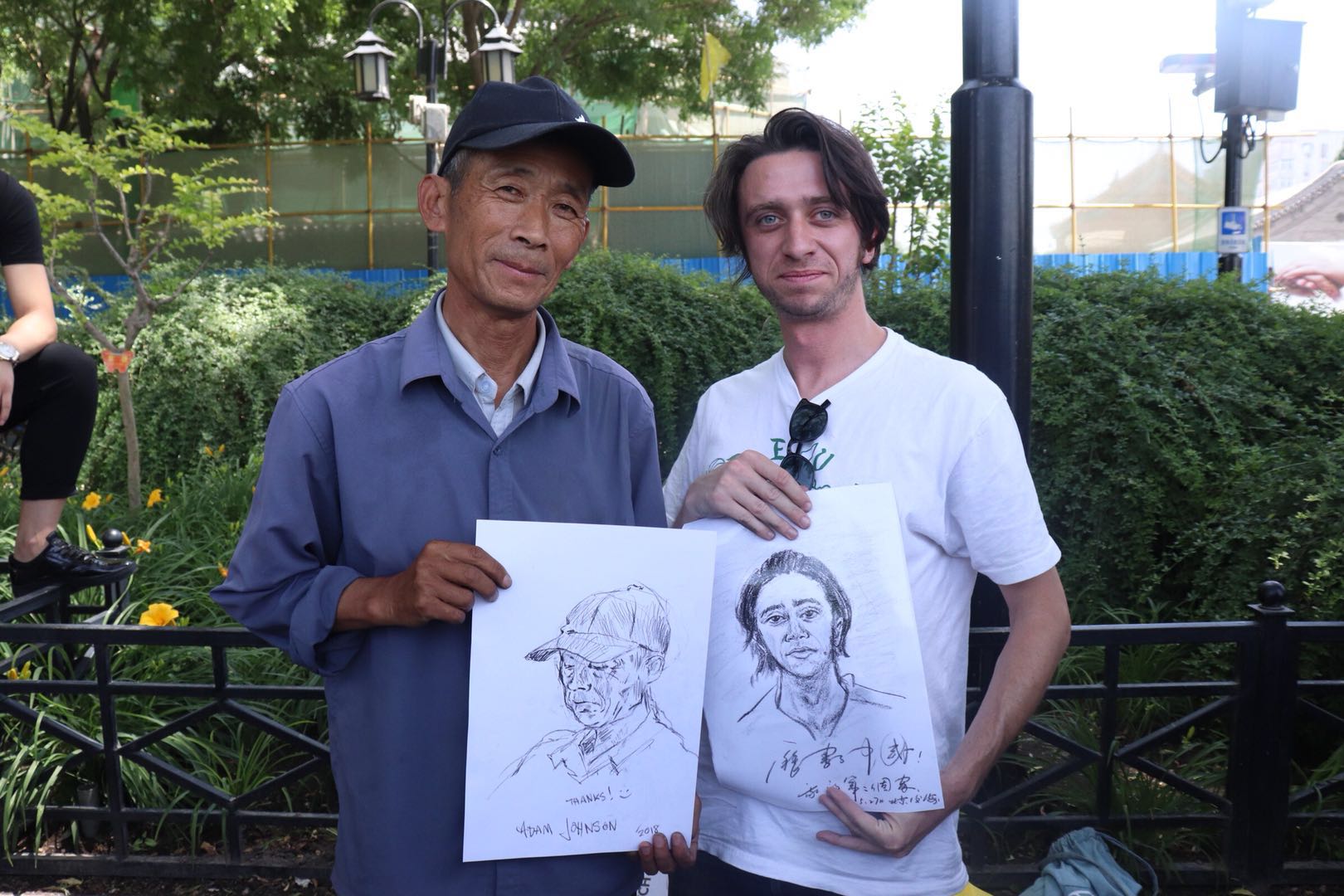


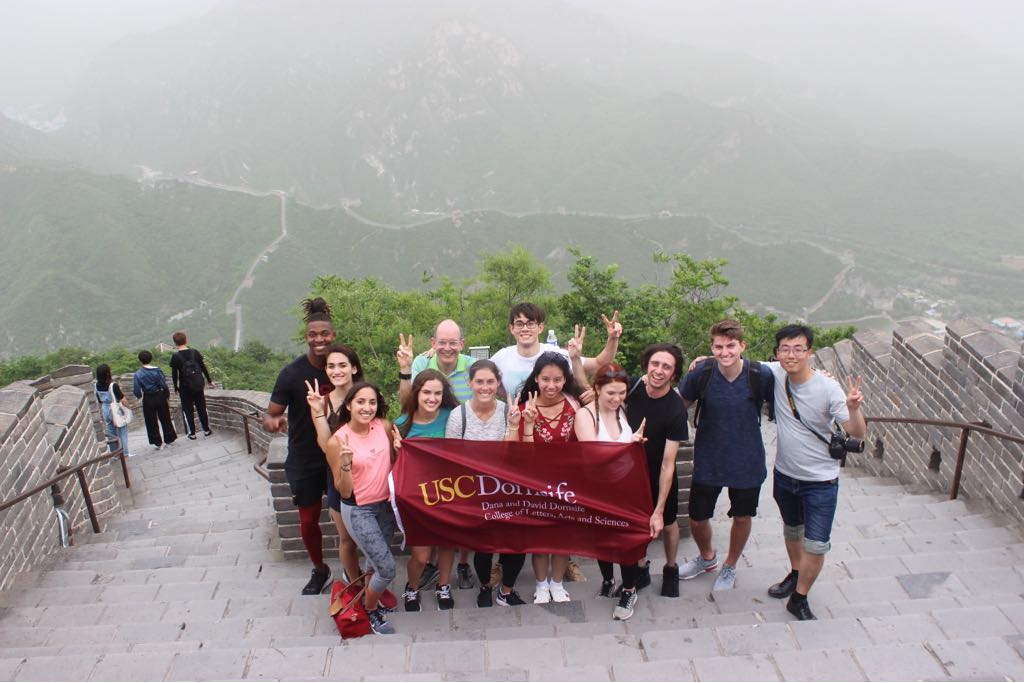
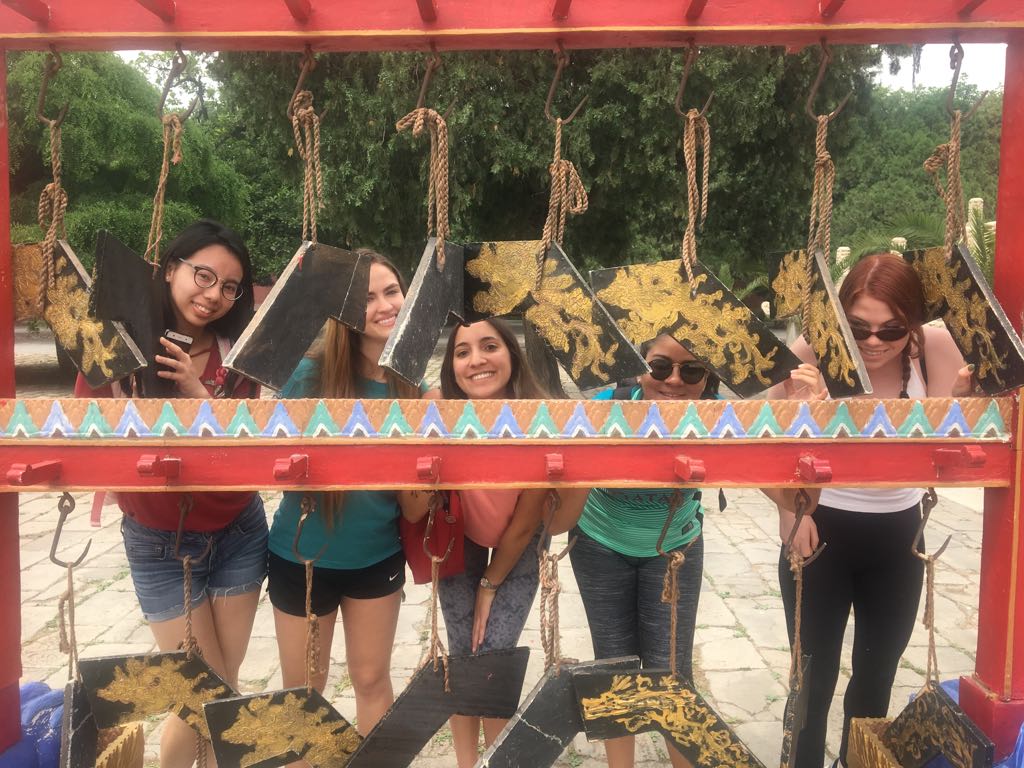
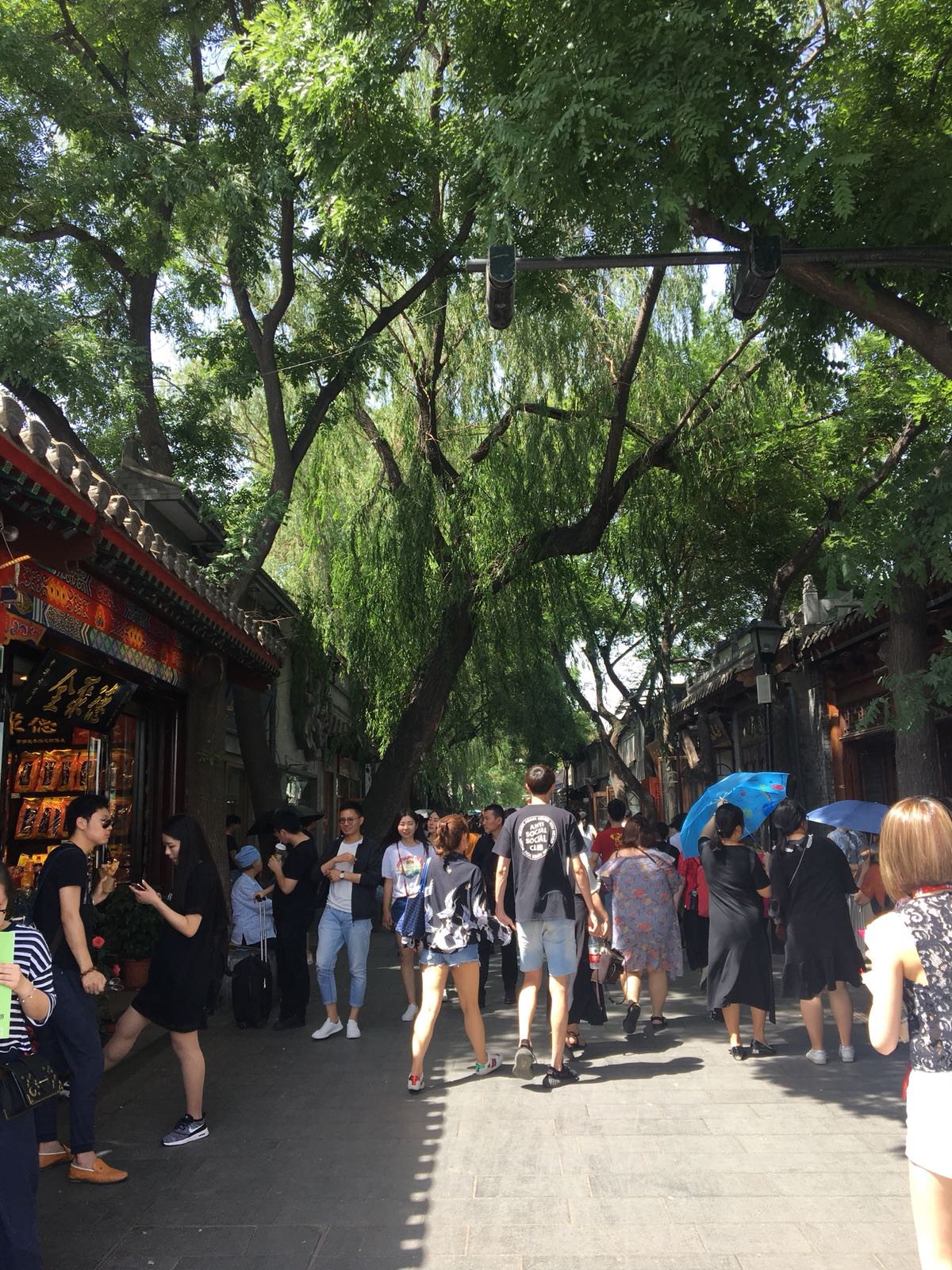
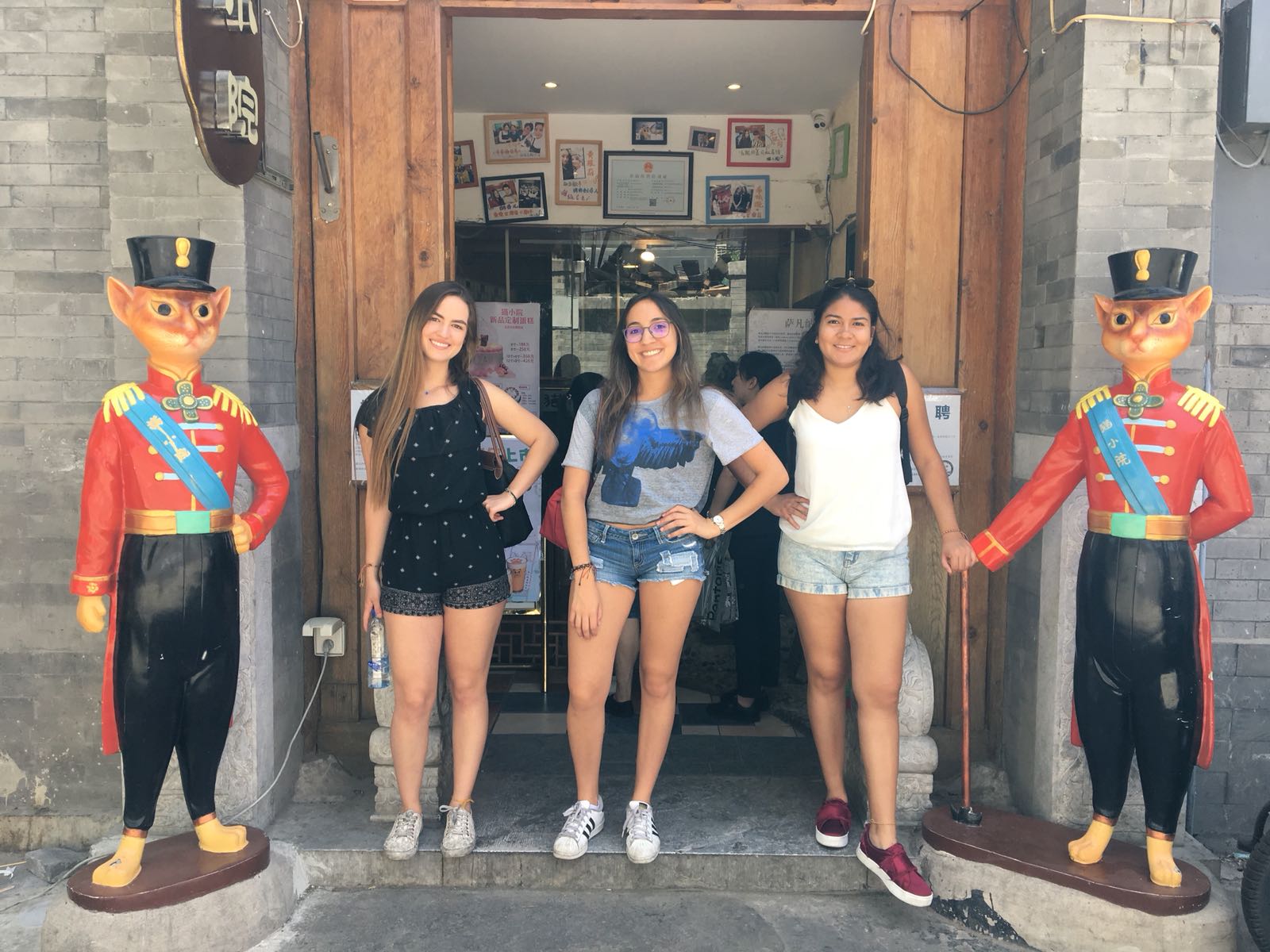


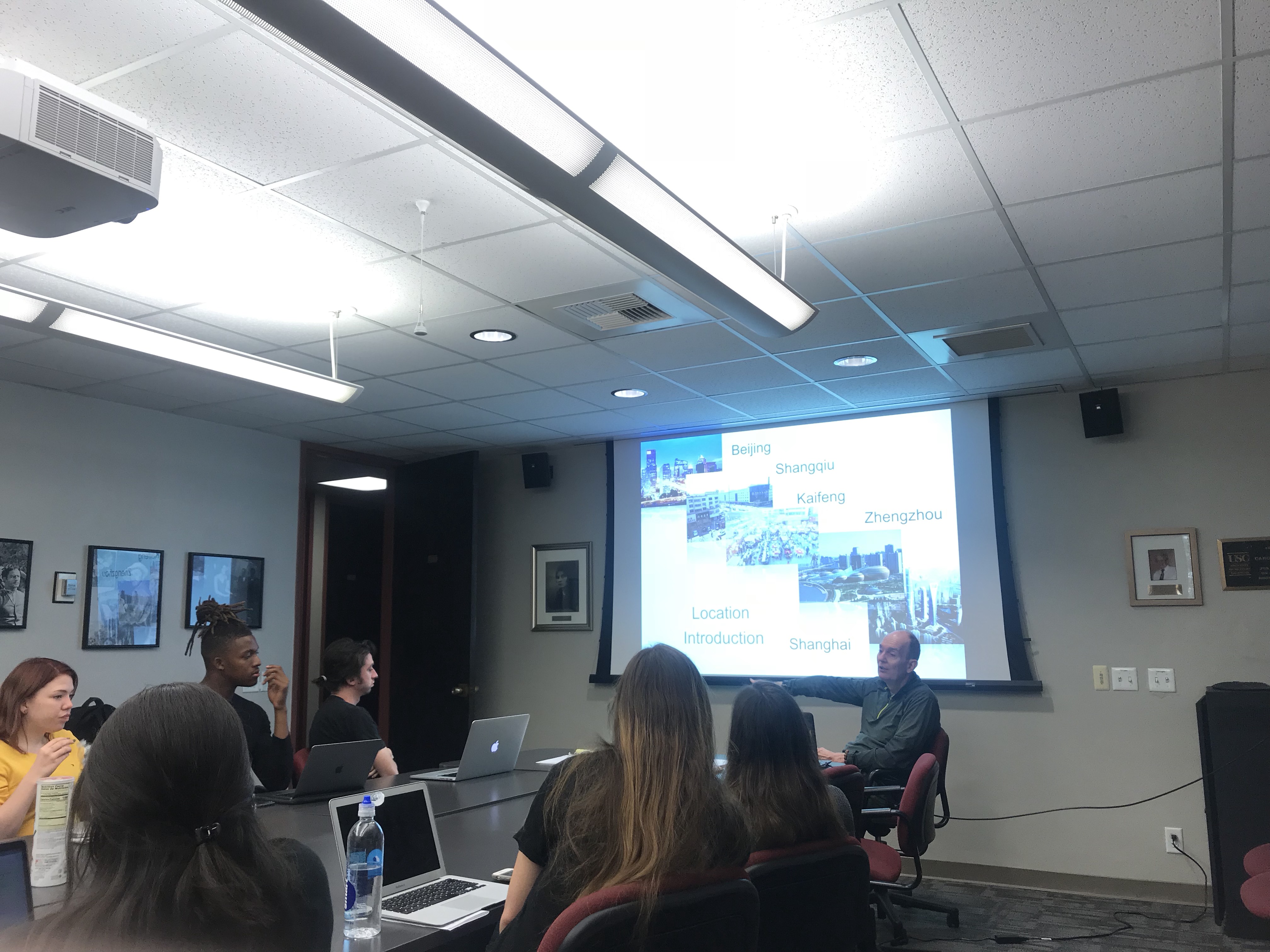 As we discovered, this exponential growth entails some social costs. In previous lectures we discussed how many individuals in China believed there was a moral degradation in their country. In today’s readings, we discussed freedom of sexual expression in both the Disco reading which discussed a young urbanite population in China that looked towards global trends to express themselves as well as the “Clothes Make the Woman” reading which discussed sexual commodification of China’s disadvantaged rural population. With the end of the Maoist era of communism, China developed a huge economic disparity between rural and urban populations. It was evident in the readings that the urban population of China had the choice as to how they want to sexually represent themselves while the rural population of China who moved to the cities lacked this freedom. More specifically, the women moving from rural villages to work in factories were often scammed for free labor and as a result of mounting debt, found their only option was to sell their own bodies.
As we discovered, this exponential growth entails some social costs. In previous lectures we discussed how many individuals in China believed there was a moral degradation in their country. In today’s readings, we discussed freedom of sexual expression in both the Disco reading which discussed a young urbanite population in China that looked towards global trends to express themselves as well as the “Clothes Make the Woman” reading which discussed sexual commodification of China’s disadvantaged rural population. With the end of the Maoist era of communism, China developed a huge economic disparity between rural and urban populations. It was evident in the readings that the urban population of China had the choice as to how they want to sexually represent themselves while the rural population of China who moved to the cities lacked this freedom. More specifically, the women moving from rural villages to work in factories were often scammed for free labor and as a result of mounting debt, found their only option was to sell their own bodies.